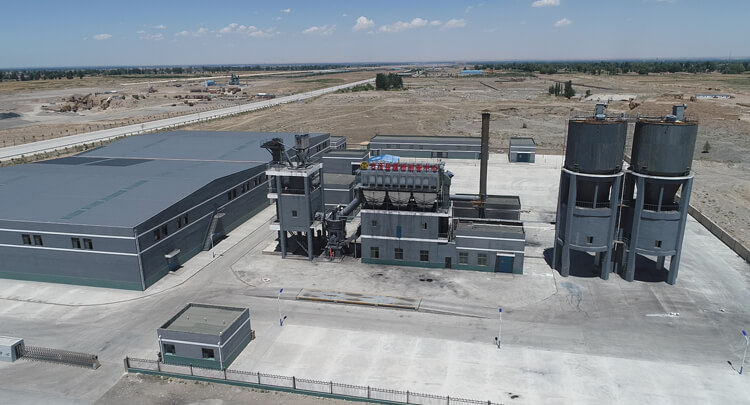
Summary : Once solvent extraction proved to be a cost-effective way to purify and concentrate copper from leach liquors, copper ore leaching processing began to regard le
Once solvent extraction proved to be a cost-effective way to purify and concentrate copper from leach liquors, copper ore leaching processing began to regard leaching as a much more important source of copper. Two early advances in leaching include the distribution of large drops of leach solution over the ore at Baghdad in 197019 and the use of drip irrigation by Johnson Camp in 197620. These improvements resulted in decreased water consumption, increased temperature in the heaps or dumps and higher copper recovery.
The 'Thin Layer' (TL) acid cure leaching process reported in 1978 is to date the single greatest advance in copper leaching21. The first plant practice of TL leaching for copper was in 1980 at Sociadad Minero Puduhuel (SMP)22. SMP obtained high copper recovery from both the oxide and sulphuric portions of their ore, low solube silica in the pregnant leach liquor, and an overall water/acid balance to give a zero discharge plant. The important role of bacteria in leaching metal sulphides had been known9 and some of the practical aspects of biological leaching had been discussed23. However, copper recovery from a high-grade sulphide ore by bacteria-assisted heap leaching was not considered economically viable until SMP showed that the total copper recovery from the chalcocite/bornite portion of their mixed oxide sulphide ore could reach 85% by leaching the tails from their TL operation for another 45 days22. Inspiration Copper in Arizona was testing with good results a similar technique called 'ferric cure' on heaps of 100% minus four inch mixed oxide/sulphide ore8.
In 1984 BHAS began agitation leaching copper matte from a lead blast furnace with a sulphuric acid leach solution having about 1 molar chloride ion24. This leaching system is reported to be effective for leaching copper sulphide ores and concentrates. Also in 1984 Sunshine Mining company installed a batch plant to pressure leach copper sulphide concentrate with sulphuric acid containing a catalytic amount of sodium nitrite25.
In the late 1980s low-grade chalcopyrite dumps at Toquepala were wetted with 10 g/l H2SO4. Naturally occurring bacteria multiplied, oxidized the sulphide minerals and warmed the dumps. When copper SX started in 1995 the initial flush of copper from these dumps was much greater than anticipated and copper recovery over the first five years has been much higher than expected based on the leaching history of other low-grade chalcopyrite dumps.
Forced aeration to increase bacterial activity in heaps and dumps was field tested in the 1970s and successfully commercialized in the mid to late 1990s26. Of particular note is the Quebrada Blanca operation in Chile where bacterially assisted heap leaching of chalcocite, aided by forced aeration, is successfully practiced at an elevation of 4,400 metres27. The leaching of high-grade chalcocite ore in an autoclave at relatively low temperature and pressure was commercialized at Mt. Gordon in mid-1998 by Western Metals Copper Ltd28 'From an poorly practiced art to a near science' describes the changes in leaching practice since the late 1960s. Heaps and dumps are constructed to retain heat, wet all the ore evenly, and for sulphide ore, to encourage air circulation through the dump or heap. Advances in heap leaching include blasting techniques which size ore to optimize copper recovery, crushing to the optimum size, agglomeration techniques, agglomeration aids, curing methods, heat retention and bacteria augmentation. Copper recoveries of 85% are being reported at several oxide heap operations and many chalcocite heap leaches report 75% to 80% copper recovery.
Engineer one-to-one for you, draw up plans in time, and provide investment estimates in time!